In a recent test, the US Air Force's "tactical high-performance microwave echo" (THOR) weapon demonstrated its powerful ability to easily neutralize a "drone swarm".
Adrian Lucero, THOR program manager at the US Air Force Research Laboratory (AFRL), said the test was conducted at Kirtland Base (Albuquerque, New Mexico), simulating a swarm attack of drones. In it, the new system uses high-performance microwave pulses (HPM) to neutralize the target.
“THOR is particularly effective at disabling drone swarms thanks to its wide beam, high peak power, corner-locking agility, and opponent neutralization,” said Lucero.
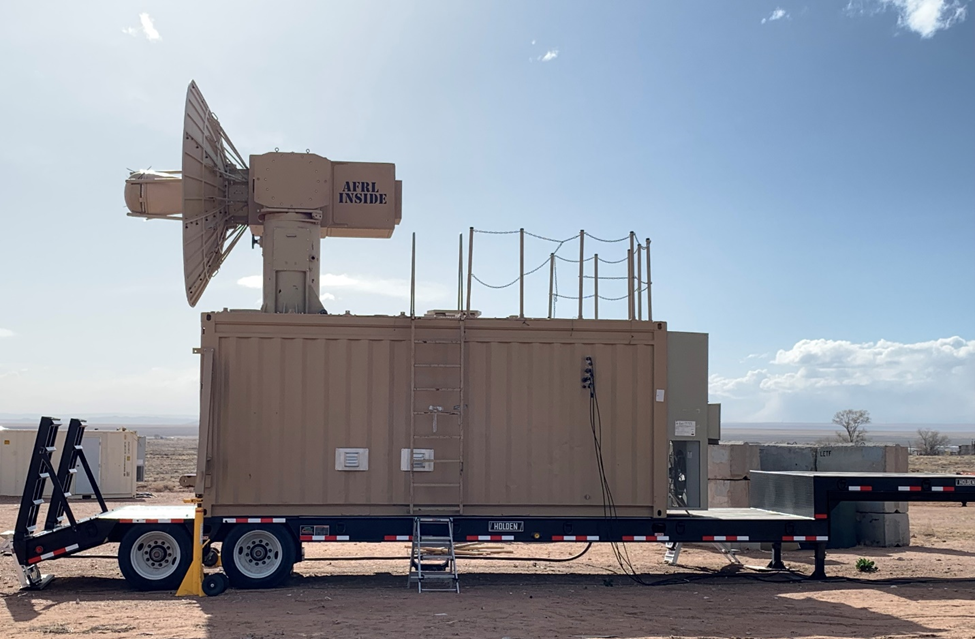
The THOR project has been extensively tested by the US military for over 2 years, showing special potential to deal with UAVs/drones that are "making waves" in the current Russia-Ukraine conflict.
Captain Tylar Hanson, Deputy Director of the THOR Program, said that this electromagnetic system is designed to neutralize weapons that fire continuously, and won the prestigious "New Features in the Defense Field" award in 2021 of the US.
With its mission to protect air bases, THOR is making a significant impact in defense technology. The system is powered by a simple wall plug, providing an effective non-kinetic defense solution against drone targets.
THOR is compact enough to fit in a 2.2-ton shipping container, making it easy to transport on transport aircraft such as the C-130. Meanwhile, the system can be set up and operational in as little as three hours. The user interface is also designed to be minimal and easy to train.
Challenges in dealing with drone swarm tactics
The war in Ukraine shows that drones are becoming a tactical element that will change modern warfare in the future. Many countries have invested significantly to deal with the complex nature of the threats posed by these vehicles.
The US is one of the countries actively researching new technologies to defend against drones, and does not rule out the possibility of providing Ukraine with such systems for field testing.
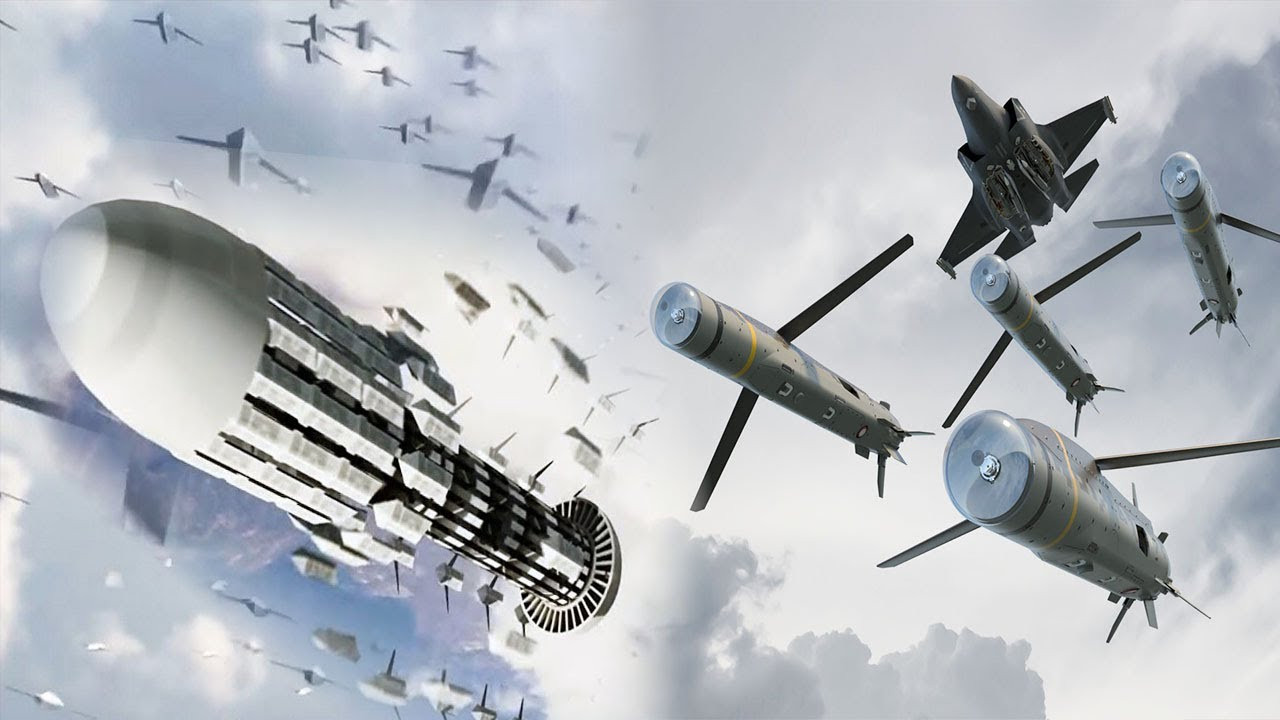
While single UAVs can provide effective combat effects such as kinetic strikes, surveillance, or artillery detection, commanders at the US Department of Defense are particularly concerned about “swarm” tactics, where an adversary uses large numbers of inexpensive drones to simultaneously attack ground forces or fixed targets.
With the development of artificial intelligence algorithms, swarms of dozens of commercial quadcopter drones, controlled by a single soldier, could become a formidable offensive threat.
Meanwhile, traditional anti-UAV and air defense systems using guided munitions are challenged by the small size of quadcopters and the large number of potential targets they present at once.
Systems like THOR use microwaves to interfere with the electronic systems of UAVs, rendering them useless on the battlefield. Although the US Air Force has not revealed details about how many UAVs the new weapon has taken down at once, they claim to have found a “solution” to drone swarm tactics.
In addition to the THOR system, the US military is also planning to deploy another high-performance microwave weapon called Leonidas with a similar mechanism to neutralize unmanned aerial vehicles. In addition, the US Army's vehicles are expected to be equipped with 20 kilowatt anti-drone laser guns in the near future.
(According to EurAsian Times)
Source









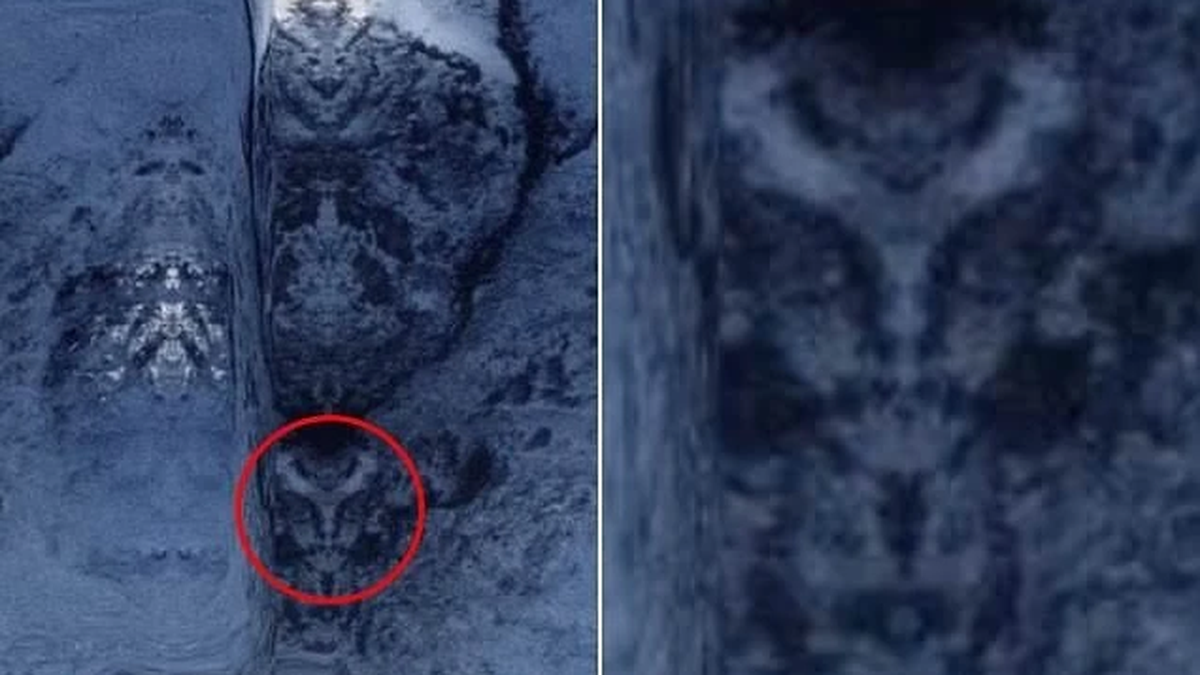



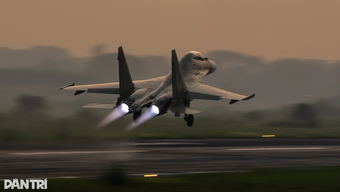













![[Photo] Nghe An: Provincial Road 543D seriously eroded due to floods](https://vphoto.vietnam.vn/thumb/1200x675/vietnam/resource/IMAGE/2025/8/5/5759d3837c26428799f6d929fa274493)

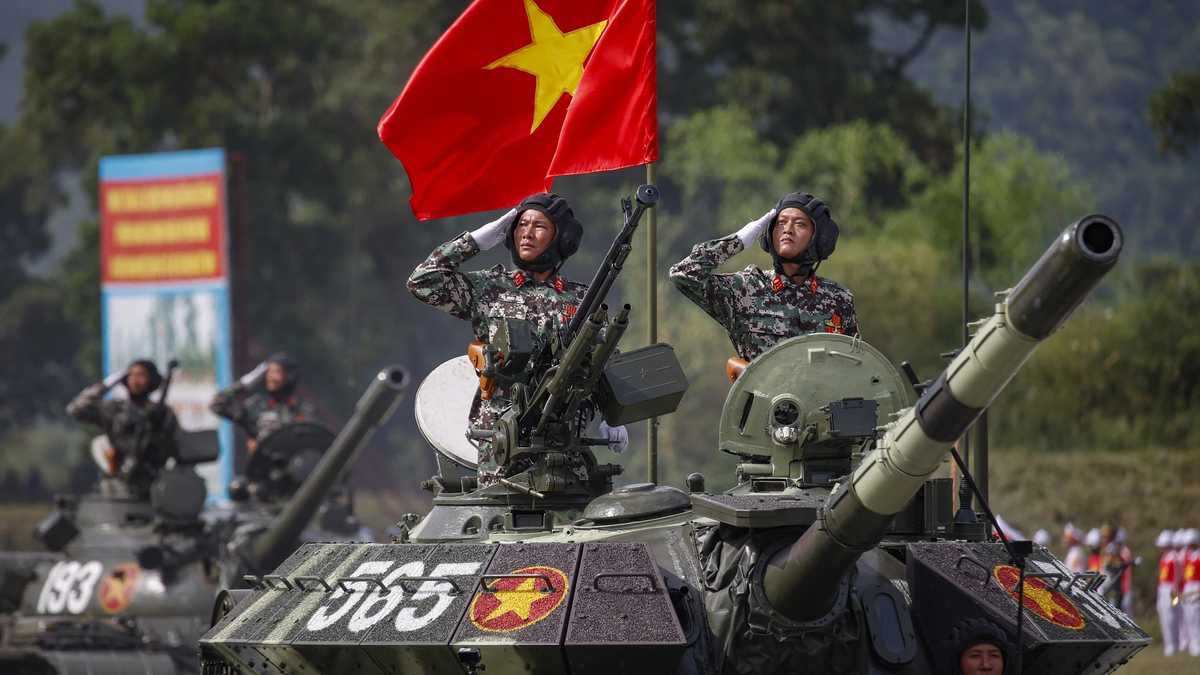
![[Photo] Discover the "wonder" under the sea of Gia Lai](https://vphoto.vietnam.vn/thumb/1200x675/vietnam/resource/IMAGE/2025/8/6/befd4a58bb1245419e86ebe353525f97)
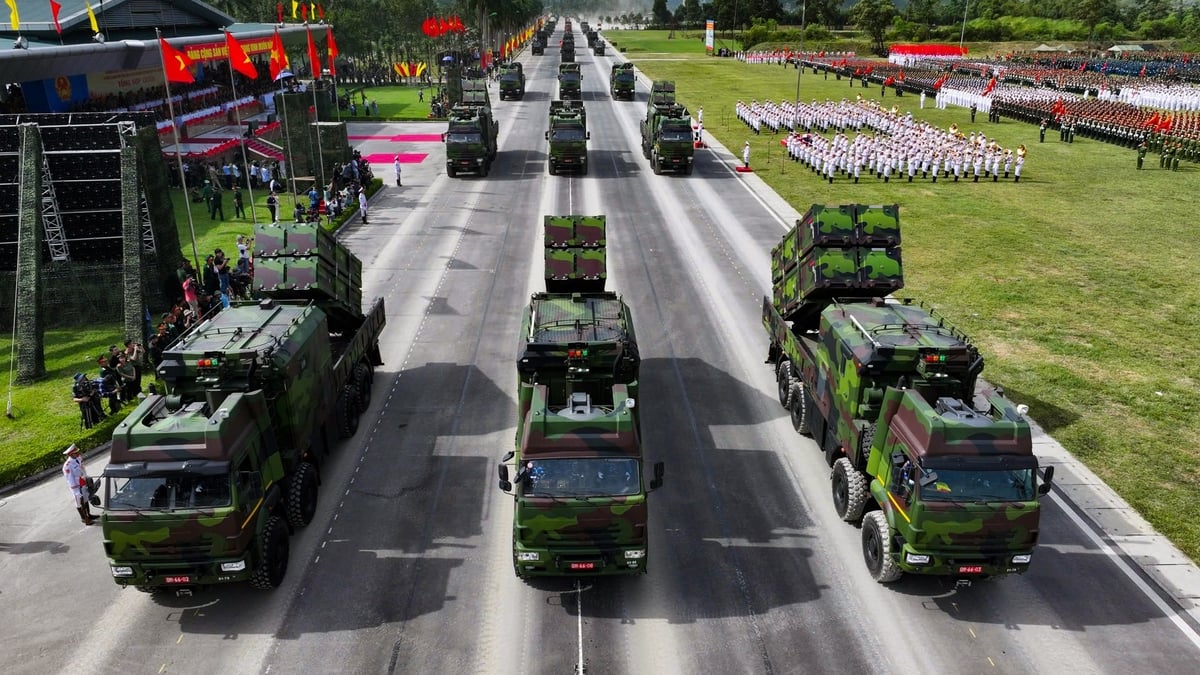

































































Comment (0)